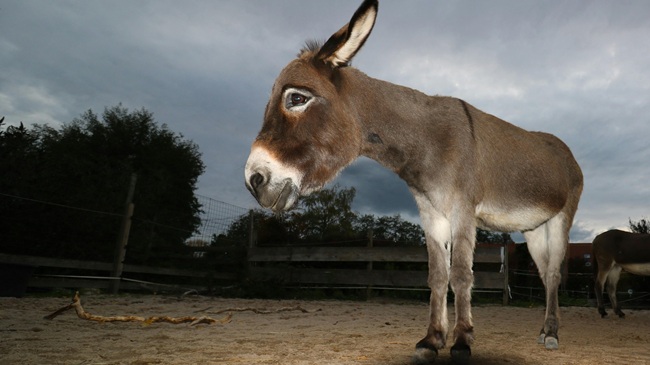
In addition to being the father of our country, George Washington was an enlightened agriculturalist, a visionary who, early on, saw the true value of the mule. But right from the beginning, he faced a major obstacle. At the time, the Spanish Government prohibited acquisition of the legendary Catalonian donkey. However, in 1785, King Charles III of Spain presented George Washington with a gift of two jacks and two jennets. One of the jacks died during the voyage, but the survivor, named Royal Gift, went on to sire an American dynasty that reshaped the very landscape of this country.
By the early 1900s the mule population in this country had exploded to nearly 6 million. But with the advent of engine-powered vehicles, the mule’s once-critical role in agriculture and industry diminished. It’s estimated that by the late 1960s, fewer than 10,000 mules existed in the America, and many of those languished, unused, unnoticed and in danger of fading from our culture altogether. But a handful of mule and donkey lovers were determined to keep that from happening. Among them were Paul and Betsy Hutchins who, in 1967, founded the American Donkey and Mule Society, an organization dedicated to the protection and understanding of longears. Mules and donkeys have enjoyed resurgent popularity during the last 40 years. Today, annual events such as Bishop Mule Days in Bishop, Calif., host more 30,000 people and 700 mules. Mule events, stock shows, trade publications and even television programs continue to foster interest in these amazing animals.
Related Articles & Free Email Newsletter Sign Up
How Mules Combine the Best of Horses and Donkeys
The Versatile Donkey is Everything from a Protector to a Babysitter


Comment here